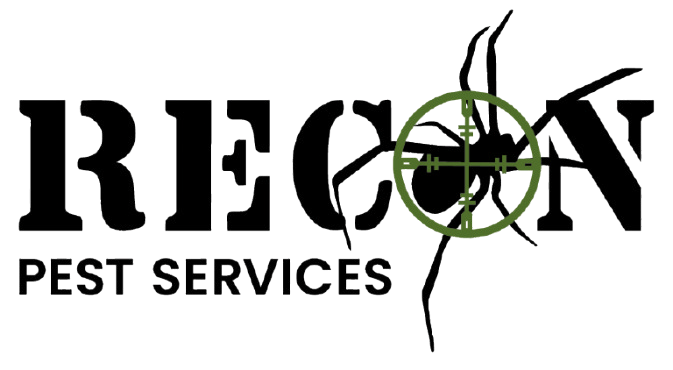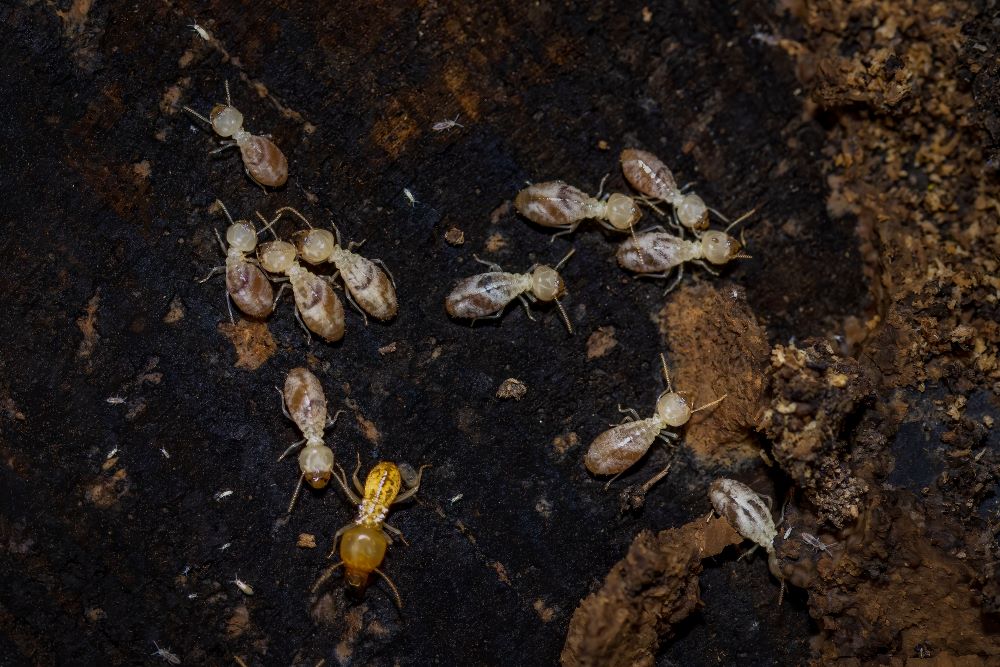Table of Contents
Termites are prevalent in numerous parts of the United States, and Nebraska is no exception. These tiny eusocial insects, known for their cooperative care of young, overlapping generations, and a distinct division of labor, are a significant concern for homeowners across the state. While they play an important role in natural ecosystems, termites pose a significant threat to homes and buildings, causing extensive damage. In this comprehensive guide, we’ll explore the lifecycle, habitat, and effective management strategies for termites in Nebraska.
Understanding Termites: Life Cycle and Habitat
Before delving into termite management strategies, it’s essential to understand these insects better. Let’s start by looking at their lifecycle and habitat.
Lifecycle of Termites
Termites, much like other insects, have a lifecycle that begins from an egg. The growth process entails several stages, including the larval, nymph, and adult stages, which are crucial for the colony’s growth and expansion.
1. The Egg Stage
The queen termite lays eggs, marking the beginning of the termite lifecycle. These eggs are tiny, transparent, and jelly-like.
2. The Larval Stage
The eggs hatch after a few weeks, giving rise to larvae. These larvae are immature termites that need to be fed and groomed by worker termites to grow and develop.
3. The Nymph Stage
The larvae then transform into nymphs, an intermediary stage before reaching adulthood. During this stage, they begin to differentiate into various roles/castes within the colony.
4. The Adult Stage
The nymphs eventually mature into adults, taking on one of the three main roles within the termite colony: workers, soldiers, or alates (reproductives). Workers are responsible for foraging for food and maintaining the nest, while soldiers defend the colony against predators. Alates, also known as swarmers, are winged termites that leave the nest to start new colonies.
Habitat of Termites in Nebraska
In Nebraska, the subterranean termite is the most common species. As their name suggests, these termites live in the soil and build extensive tunnel systems to reach their food sources. Their colonies are decentralized and often located near a food source.
Termites need moisture to survive. In their natural habitat, they break down cellulose material such as decaying plant matter, decomposing trees, and leaf litter. But in urban areas, they become a problem due to our use of wood products in construction.
In Nebraska, termite swarms usually occur in the spring, from March to May, often after significant rainfall. However, they can remain active and continue to feed year-round in heated buildings.
Identifying Termite Infestations
Identifying a termite infestation early can save homeowners thousands of dollars in repair costs. However, due to their cryptic nature, termite infestations can often go unnoticed until significant damage has been done. Here are some signs to watch out for:
1. Swarmers
One of the most visible signs of a termite infestation is the presence of swarmers. These are mature termites that have wings and leave the nest to start new colonies. They are often mistaken for winged ants, but there are key differences. For instance, termites have straight, bead-like antennae and a broad waist with no distinction between the thorax and abdomen.
2. Discarded Wings
After swarmers have found a mate and a suitable place to start a new colony, they shed their wings. These discarded wings can often be found near windowsills or caught in cobwebs.
3. Mud Tubes
Subterranean termites build mud tubes to travel between their nest in the soil and their food source. These tubes are often located near the foundation of a building.
4. Damaged Wood
Termites feed on the cellulose found in wood, leaving behind a series of tunnels and galleries. This can cause the wood to sound hollow when tapped and may result in sagging floors and ceilings.
Managing Termites in Nebraska
Managing termites effectively involves a combination of preventative measures and control strategies. Here’s how homeowners in Nebraska can protect their homes from these destructive pests.
1. Regular Inspections
Regular inspections are crucial in preventing termite infestations. Look for signs of termites, such as discarded wings, mud tubes, and damaged wood. If you suspect an infestation, it’s best to contact a pest control professional for a comprehensive inspection.
2. Reduce Moisture
Since termites thrive in moist environments, it’s essential to ensure that your home doesn’t provide the ideal conditions for them to thrive. Regularly check for and fix any leaks, ensure proper ventilation in your home, and keep gutters clean to prevent water accumulation.
3. Maintain a Termite-Free Zone
Create a termite-free zone around your home by ensuring that there is no wood-to-soil contact. This includes not storing firewood against your home and keeping shrubs trimmed away from the building.
4. Professional Pest Control
Professional pest control companies, such as RECON Pest Services, offer comprehensive solutions for managing termites in Nebraska. They use a variety of treatment options, including soil treatments and baiting systems, to eliminate termite colonies and prevent future infestations.
When to Seek Professional Help
While prevention is the best strategy against termites, sometimes professional help is needed for an established infestation. If you’ve noticed signs of termites in your home, it’s best to reach out to a reputable pest control company. They have the expertise and tools necessary to effectively handle termite infestations.
For residents of Omaha and Lincoln, RECON Pest Services provides reliable, effective, and safe termite management solutions. They can help identify the extent of the infestation, recommend the best course of action, and provide a free quote for their services.
Conclusion
Termites in Nebraska can cause significant damage to homes and buildings if not managed effectively. As homeowners, it’s crucial to understand these pests, know how to identify signs of an infestation, and take appropriate preventative measures. Regular inspections, reducing moisture in and around the home, maintaining a termite-free zone, and seeking professional help when needed can go a long way in managing termites effectively. Remember, the cost of prevention is always less than the cost of repair. Stay vigilant, and keep your home termite-free!






